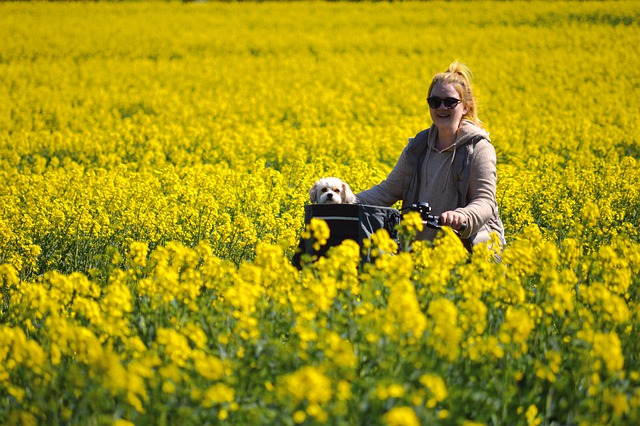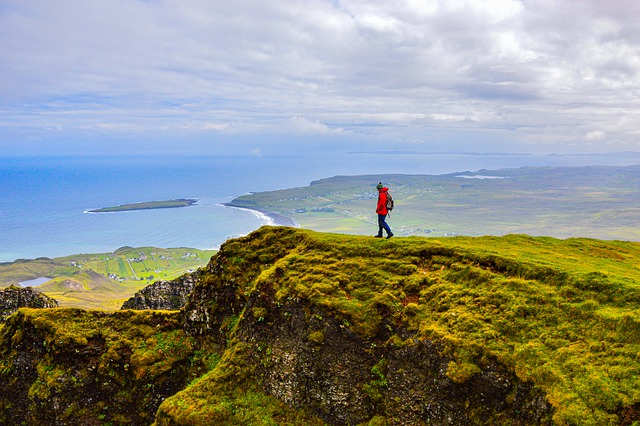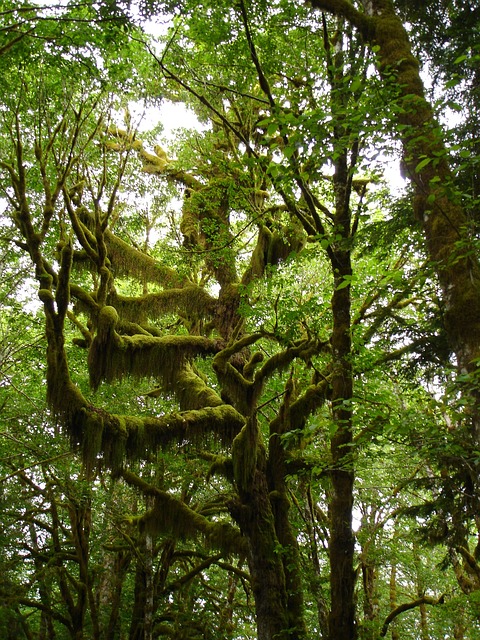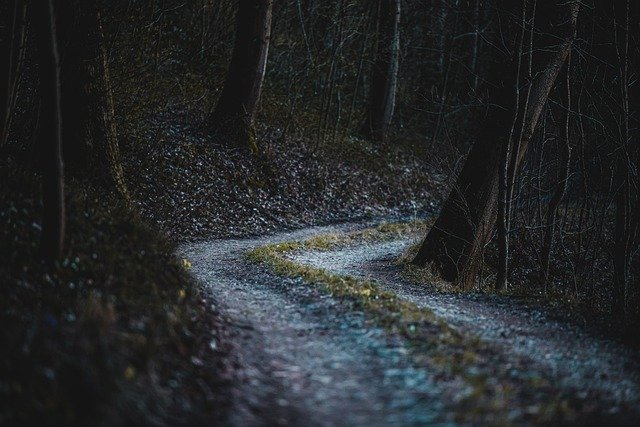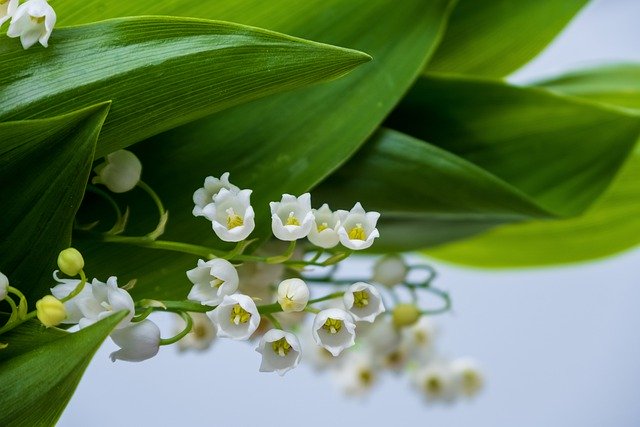These are challenging times that place stress on every aspect of our lives. The natural human tendency is to go with the flow and try to keep up with all kinds of commitments – family, community and work. We can succumb to the pace of modern life and the expectations of achievement that we place on ourselves and that we think others expect of us. However, there are real physical and mental costs associated with engaging life at an unnatural pace. Psychologists, for example, warn of ‘emotional inflammation’ resulting from the pandemic and, more recently, from the war in Ukraine. Self-care is now more important than ever.
In these times of endless challenge, self-care becomes critical for our mental and physical welfare. The Self-Care Summit (May 10-16) sought to identify the issues involved, the personal and social barriers and ways to achieve self-care in everyday life. The first speaker at the Summit, Renée Trudeau, provided a solid foundation and strong motivation for self-care. After more than 20 years working with individuals and organisations on self-care approaches, she was able to distil the wisdom of her research, of workshop participants and of her own practice, into simple steps for self -care. Some of her suggestions are discussed in this blog post.
Self-care in everyday life
Renée asserts that self-care is “not about self-improvement or self-indulgence” but “meeting yourself where you are” at the moment by “pausing, tuning in and asking, What do I need ?”. It entails having the courage to break out of the expectation bind that locks you into unhealthy pursuits and giving yourself “what you most need” at the time. So, for Renée, self-care is a moment by moment endeavour, not a ritualised practice developed by someone who is peddling self-care products. Renée is the author of two books including Nurturing the Soul of Your Family: 10 Ways to Reconnect and Find Peace in Everyday Life. In her books, blog, workshops and presentations, she offers many simple steps for self-care that you can undertake at any time in the midst of everyday life. Some of her suggestions include the following:
- Monitoring your self-talk: we often talk harshly to ourselves when we make a mistake or fail to realise an outcome. We can denigrate ourselves in an uncaring and unkind way. Negative self-talk includes the harsh tone of voice we use when we speak to ourselves about our shortfalls. Renée maintains that we would not talk like that to a 3-year old child. She suggests having a picture of yourself when you were between the ages of 3-5 years and think about how you would talk to your young self in the picture. Being conscious of our inner dialogue is very important for self-care – kindness begins at home! Self-care includes not putting yourself down.
- Cultivating a desired way of showing up: Renée alluded to Michael Phelps’ rigorous routine before starting a swimming race at the Olympics. His established routine included eating a set breakfast, stretching, mix-style swimming and listening to music – all designed to enable him to show up for his race in his very best condition and frame of mind. Renée suggests that you could establish a morning routine so that you can “cultivate a state of being to show up the way you want to” – in other words, having the presence of mind, focus and calmness to be the best you can be for your day’s endeavours. Your routine may entail mindfulness practices such as yoga, Tai Chi, meditation or mindful walking. Whatever you choose needs to be practised consistently to achieve the desired benefits. Interestingly, I have adopted the practice of Tai Chi as a preparation routine before I play social tennis so that I show up in the right frame of mind and with my body and mind attuned to concentration, bending, balance and conscious breathing.
- Starting your day intentionally: forming a clear intention for the day can shape your words and actions and have very positive effects on your outcomes. The catalyst for this intention-shaping can be a prayer, inspirational reading, mindfulness practice or gratitude journalling (so you turn up from a place of appreciation). The practice of intention-shaping can extend to your work by forming a clear intention before a meeting – How do I want to show up for this meeting?; Should I go out of my way to include a team member who always seems excluded?; Can I relate to the person I tend to ignore?; Can I consciously practice active listening during the meeting?.
- Giving and receiving morning hugs: Renée also suggests that giving and receiving hugs in the morning with your partner, other family members or your favourite pet, can have a very positive benefit for your wellbeing. This tends to reaffirm to yourself that you are lovable and loving. The hugs with family members can be accompanied by words of endearment, encouragement or well-wishes for the forthcoming day.
- Early morning body scan: Renée indicated that she undertakes a body scan before getting out of bed of a morning. A body scan enables you to locate points of tension in the body and release them through consciously paying attention to them. The process increases body awareness by identifying how your body is manifesting any felt stress or challenge. This practice can enable you to start the day in a state of calm rather than being uptight from anticipatory stress.
- In-the-moment journalling: Renée describes this as “quickie journalling”. The idea is to tap into your feelings, needs and wants at any moment of time, particularly if you are feeling stressed, out of balance or upset. She suggests that you ask yourself the following three questions to get you going with your self-insight journalling and then choose one thing to work with:
- How do I feel?
- What do I need?
- What do I want?
- Really listen to your body: You may often notice when other people are stressed when they sigh, loudly exclaim something like “Damn!” or throw something down heavily on the desk. But how often do you monitor your own bodily signs of stress? Renée encourages you to really “listen to your body”. She stated that sighing is a signal for her to attend to her needs to de-stress and recover her calmness.
- Monthly intention: At the start of each month, Renée reviews her physical, emotional and spiritual needs at the time to identify one simple thing to do for the month to act out of self-care. The process involves tuning into yourself and identifying “what is calling you to do” for your own self-care. One of her decisions was “to do less” which resulted in an “expanse of unscheduled time” and more time for self-care.
- Personal Planning Retreat: Every 90 days, Renée takes a full 9 to 5 day to step away, move to a different environment and identify what is draining her. She offers hints on how to undertake such a personal retreat in a place that you find inspiring and energising.
Reflection
It is so easy to be captured by the to-do list, work and family pressures and the social “shoulds”. Taking time out for self-care is essential for our wellbeing. As Renée points out, the way forward does not require big steps or expensive options, but simple steps for personal self-care, taken in the moment.
A nutritionist recently advised a member of our family that they are not digesting their food properly and need to chew each mouthful of solid food up to 30 times to aid digestion. I have started to adopt this practice as a form of mindful eating and nutritional self-care. I’m finding I am more conscious of the different textures and flavours of the food I eat when I adopt this practice.
As we grow in mindfulness through consciously exploring self-care we can enrich our self-awareness, expand our response options, regulate our stress and emotions and increase our calm, confidence and courage.
______________________________
Image by Frauke Riether from Pixabay
By Ron Passfield – Copyright (Creative Commons license, Attribution–Non Commercial–No Derivatives)
Disclosure: If you purchase a product through this site, I may earn a commission which will help to pay for the site, the associated Meetup group, and the resources to support the blog.
